Autor: Gerlinde Pehlken
-
Der Ningbo-Aufstand in Shanghai
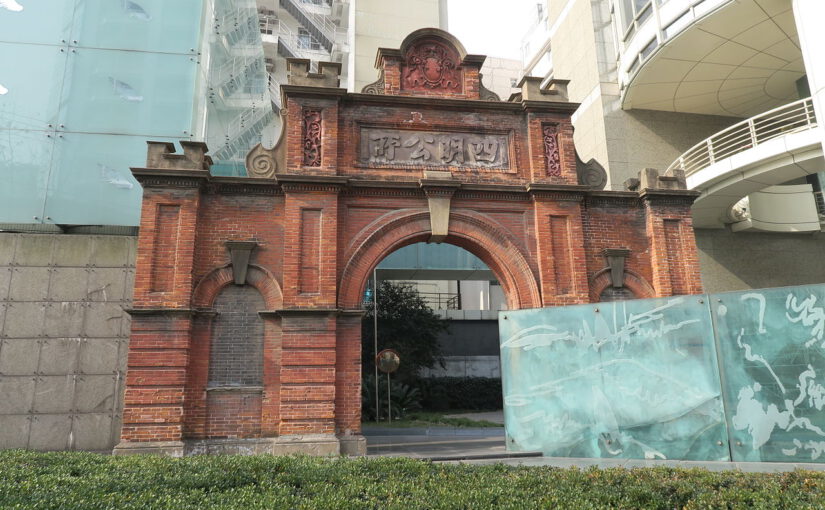
Im Jahr 1898 fand in der französischen Konzession in Shanghai ein blutiges Ereignis statt, bekannt als der Siming Gongsuo-Zwischenfall oder der Ningbo-Krawall. Trotz eines früheren Abkommens planten die Franzosen, eine Straße durch den Friedhof der Ningbo-Gilde zu bauen. Trotz Protesten der Ningbo-Leute wurden die Pläne fortgesetzt, was zu blutigen Auseinandersetzungen…
-
Extending the Silk Road
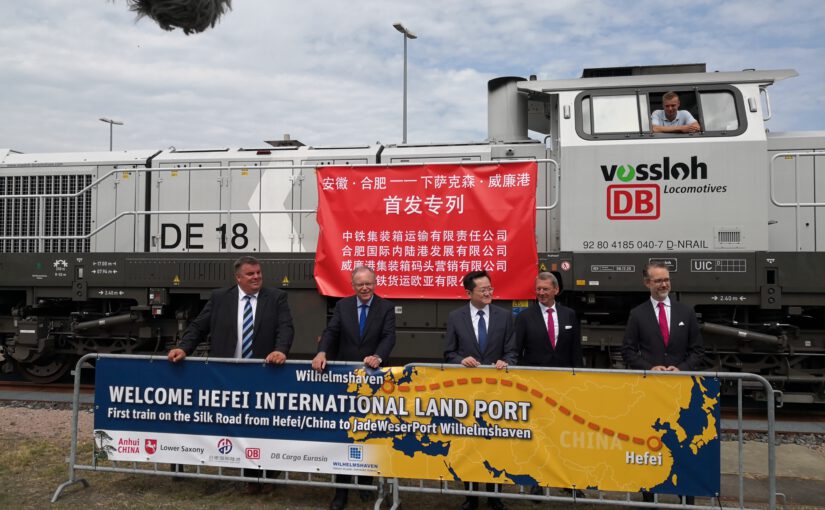
The first direct freight train service connected China’s Hefei with Wilhelmshaven, Germany on 13 July 2021, concluding a 19-day journey. The new rail trade route is expected to play an important role in China’s „New Silk Road“ initiative. The train carried 120 TEU containers with retail goods, providing a faster…
-
Ernst August Troschel

Ernst Troschel, geboren am 16. April 1868, war ein versierter Wasserbauingenieur, der sich auf Hafenbau und Werftanlagen spezialisierte. Nach seiner Ausbildung an der Technischen Hochschule Charlottenburg, arbeitete er in mehreren Städten an der Ostsee und in Berlin. Er war besonders bekannt für seine Arbeit in Tsingtau, wo er den Hafenausbau…
-
奥尔登堡五年游

2015年夏天的科隆,我用颤抖的手,伴随着激动的心,风风火火撕开了来自奥尔登堡大学的录取通知书。这意味着此前一年在科隆的语言班时光画上了圆满的句号。从那一刻起,我认为我在德国的学习生活才算正式开启。然而首当其冲的事情就是
-
Die Christuskirche in Qingdao
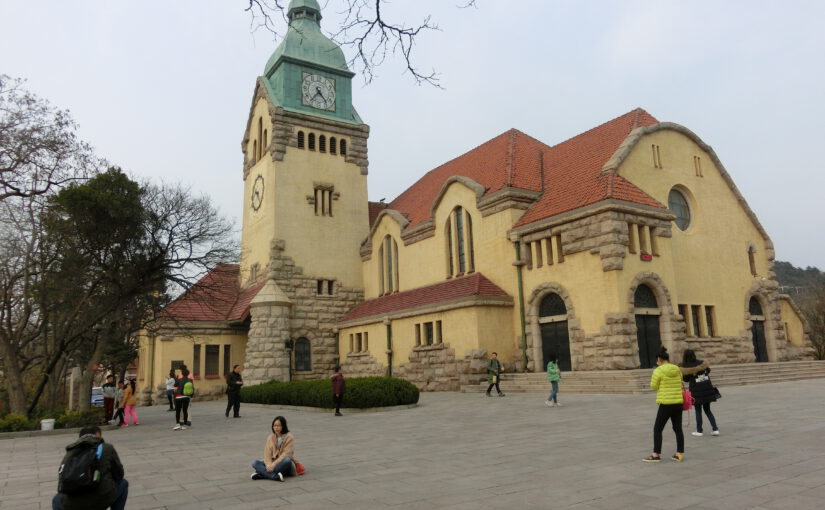
Im Jahr 1898 begann der Bau der evangelischen Gouvernementskapelle in Tsingtau, die 1899 eingeweiht wurde. Die wachsende Gemeinde erforderte den Bau einer größeren Kirche, die 1910 fertiggestellt wurde. Sie wurde mehrmals konfisziert und als Lagerhalle genutzt. Im Jahr 1980 wurde die Kirche renoviert, unter Denkmalschutz gestellt und wieder für Gottesdienste…
-
Der Gouvernements-Oberpfarrer Ludwig Ferdinand Winter
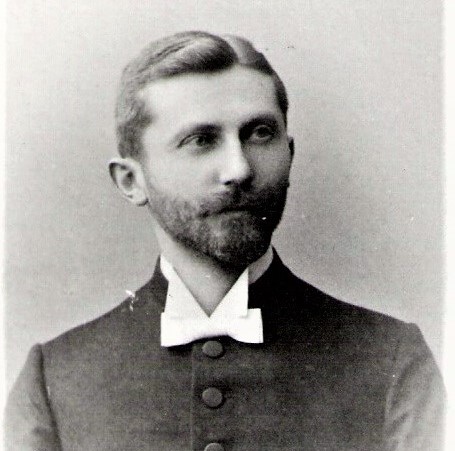
Ludwig Winter wurde am 28. März 1868 in Wittenberg geboren. Sein Vater Dr. Adolf Ferdinand Winter war in Wittenberg Gymnasiallehrer, wurde später nach Burg bei Magdeburg und anschließend nach Stralsund als Gymnasialdirektor versetzt. Nach dem Abuitur studierte Ludwig Winter evangelische Theologie in Greifswald und Berlin. 1894 trat er eine Vikarzeit…
-
The story of Imperial Judge Dr. jur. Georg Crusen and his villa Jiangsu Road No. 27
.jpg)
Copyright (text and photos) by Wang Dong, Qingdao In the heart of Qingdao’s historical and protected area, there is a century-old boulevard. During the German lease period, it was named Bismarck-Straße (now Jiangsu Road). As one of the earliest streets in Qingdao, the Jiangsu Road runs from the north to…
-
Fanny Kirchner
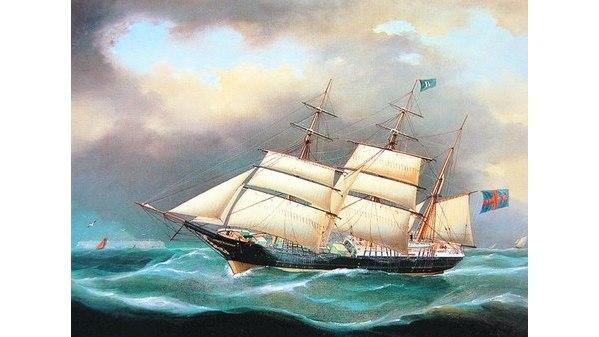
Oldenburg, Shanghai, Singapur, Sydney, Havanna. Wo ist Fanny Kirchner geblieben? In den 1850er Jahren war der Schiffsbau im Oldenburger Großherzogtum und ganz speziell in Brake mit einem wirtschaftlichen Aufschwung verbunden. Neben der „Oldenburgischen Rhederei-Gesellschaft“ und der „Oldenburg-Ostindischen Rhederei“ entstand die „Visurgis Actien-Gesellschaft für Rhederei und Schiffbau“. Im Jahr 1855 wurde…
-
Vom Bild zur Schrift

Die chinesische Schrift ist eine Bildsprache, das heißt für jeden Begriff wird ein Bild gezeichnet. Erste Schriftzeichen hat man in Scherben, Bronzevasen oder Bambustafeln geritzt. Später schrieben die Chinesen mit Tusche und Pinsel auf Papier. Über die Jahrtausende haben sich die Schriftzeichen immer wieder verändert, und so sind oft…
-
黄祸论
青岛(2):黄祸论 前面提到的德皇威廉二世对中国人并没有好感,他一直都是黄祸论的倡导者,主张对中国强硬,是我们所说的不折不扣、穷凶极恶的“帝国主义者”。